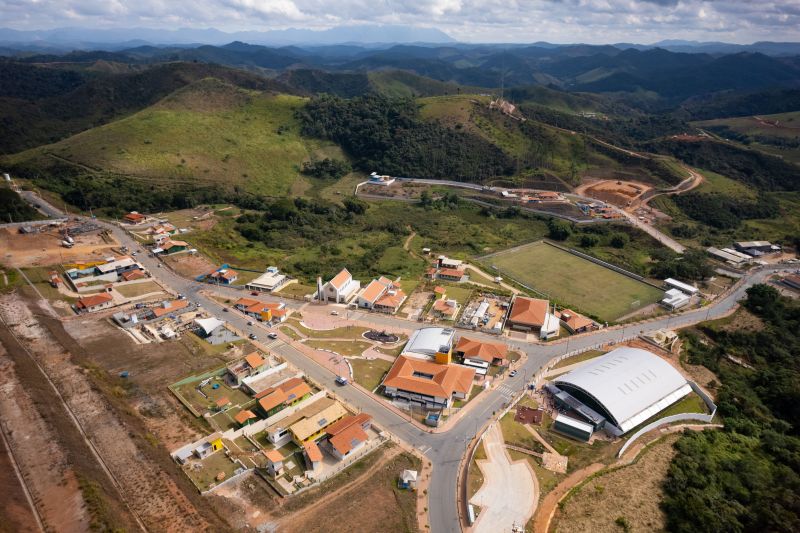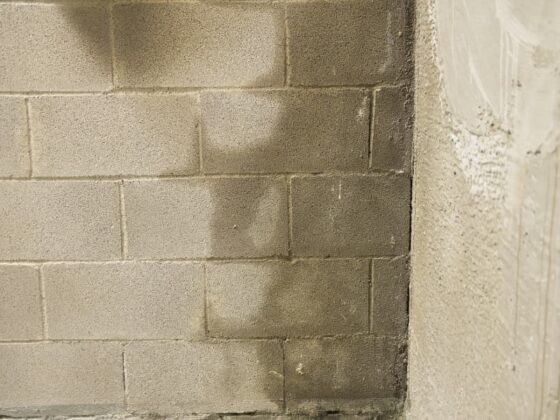The Mariana dam disaster of 2015 sent shockwaves through the communities nestled in the lush landscapes of Brazils Minas Gerais region, where the cascading rivers once symbolized life and abundance. As 62 million cubic meters of toxic mining waste surged into the Doce River, the effects rippled far beyond the immediate devastation.
Water, the most fundamental resource for survival, became a harbinger of contamination, threatening both ecological balance and human health. With every inch of the rivers banks sullied, myriad species faced extinction, and local populations found their access to clean drinking water severely compromised.
In a world where water is often taken for granted, the disaster starkly illuminated the fragility of this essential resource. The ramifications were not merely environmental; they plunged entire communities into crises, challenging their resilience and forcing a reckoning with the often-overlooked interdependence of nature and human activity.
As investigations unfolded and debates ignited over corporate responsibility and environmental justice, the Mariana dam disaster emerged as a potent reminder of the critical need to safeguard our water sources for future generations.
Immediate Impact on Water Quality
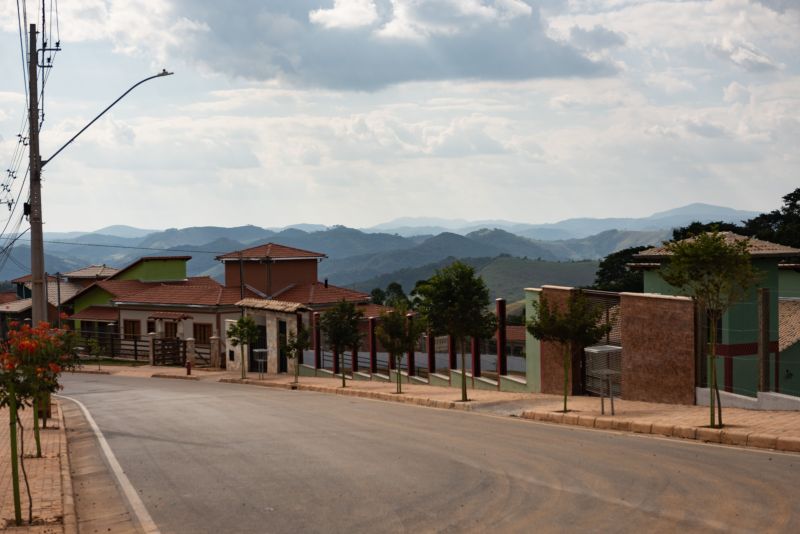
The Mariana dam disaster unleashed a torrent of devastation, with immediate repercussions rippling through the surrounding environment and significantly compromising water quality. Poisonous sludge, laden with heavy metals and toxic chemicals, surged into the rivers and streams, transforming once-pristine waterways into hazardous wastelands. Life-giving water, once a source of nourishment and vitality for local communities, became a treacherous blend of contamination that posed severe health risks.
As the toxic runoff settled, it engendered a haunting silence where biodiversity once thrived; fish stocks plummeted, disrupting both ecosystems and livelihoods reliant on fishing. In an instant, the disaster not only marred the landscape but also severed vital access to clean water, leaving communities grappling with dire shortages and urgent calls for aid, amidst a backdrop of environmental apathy.
The landscape, once vibrant with life, now bore the scars of negligence, a painful reminder of the disaster’s immediate, far-reaching impacts.
Long-term Water Quality Concerns
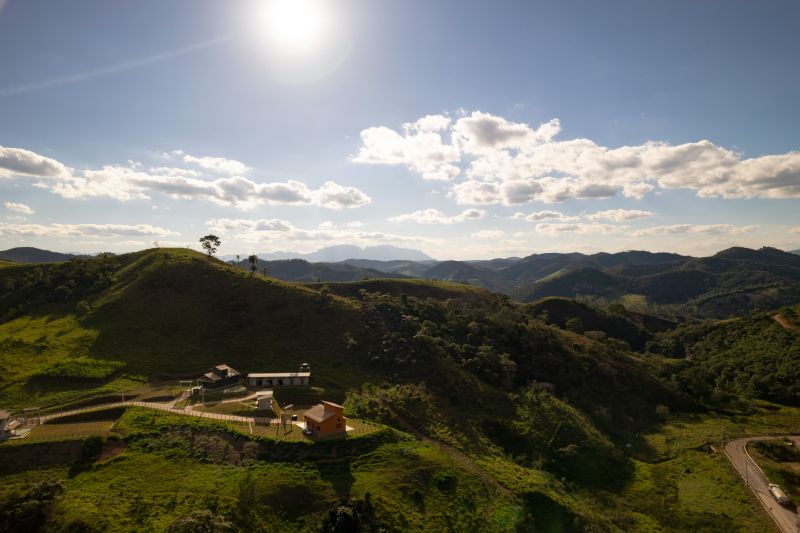
The Mariana dam disaster has cast a long shadow over the water quality in the affected regions, igniting a simmering concern that may linger for years or even decades. The toxic sludge released into the waterways not only disrupted the ecosystem in the immediate aftermath but also poses ongoing threats to drinking water supplies, aquatic life, and agricultural irrigation.
Contaminants like heavy metals and chemicals have found their way into the sediment, potentially leaching back into the water even after initial cleanup efforts cease. Communities, already grappling with the emotional fallout of the disaster, now face an uncertain future, their water sources tainted and their health at risk.
Long-term monitoring has become crucial, yet funding and resources remain scarce, leaving many locals in a precarious position, reliant on water quality that may never fully recover. Amidst this uncertainty, the call for sustainable practices and stricter regulations has grown louder, underscoring the dire need for accountability and preventive measures to avert a similar disaster in the future.
Impact on Drinking Water Supply
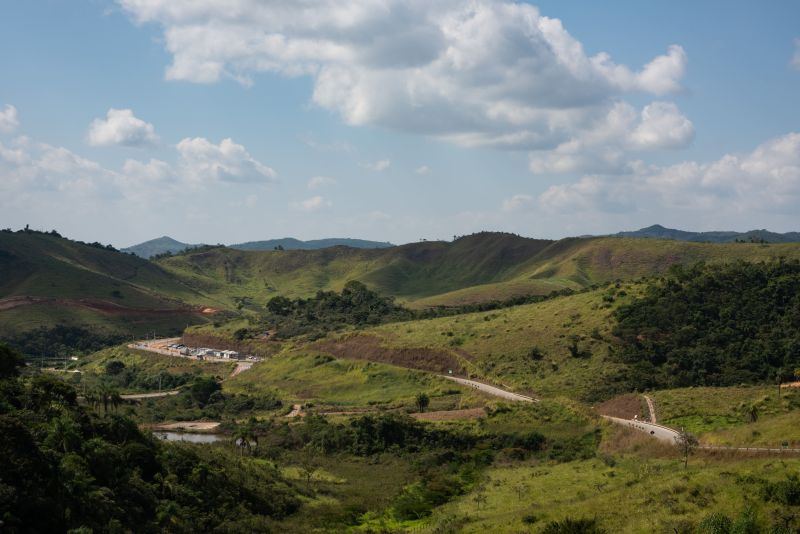
The Mariana dam disaster unleashed a torrent of devastation that rippled through both ecosystems and human communities, severely affecting the drinking water supply for countless residents. As toxic sludge and contaminants spilled forth, they infiltrated rivers and groundwater sources, rendering previously reliable water supplies unsafe for consumption.
The long-term repercussions of such contamination are staggering; not only do they pose immediate health risks through waterborne diseases and chemical exposure, but they also undermine the infrastructural resilience of local communities that rely heavily on these natural resources. For many, the struggle to secure clean drinking water has become a grim daily reality, prompting urgent calls for remediation while challenging the very social fabric that binds these communities together.
As cleanup efforts lag and trust in water quality wanes, the shadows of this environmental catastrophe loom large, leaving scars that may take generations to heal.
Conclusion
In conclusion, the Mariana dam disaster serves as a stark reminder of the potential catastrophic impacts industrial practices can have on water quality and access. The toxic spill led to devastating consequences not only for the ecosystems surrounding the dam but also for the communities that depend on these water sources for their daily needs.
The Rio Doce foz, once a vibrant habitat teeming with life, has suffered irreversible damage, highlighting the urgent need for stringent regulatory measures and sustainable practices in the management of such high-risk infrastructures. Moving forward, it is crucial for stakeholders to prioritize water quality and accessibility, ensuring that similar tragedies do not occur in the future, and that local populations are safeguarded against the repercussions of industrial negligence.
